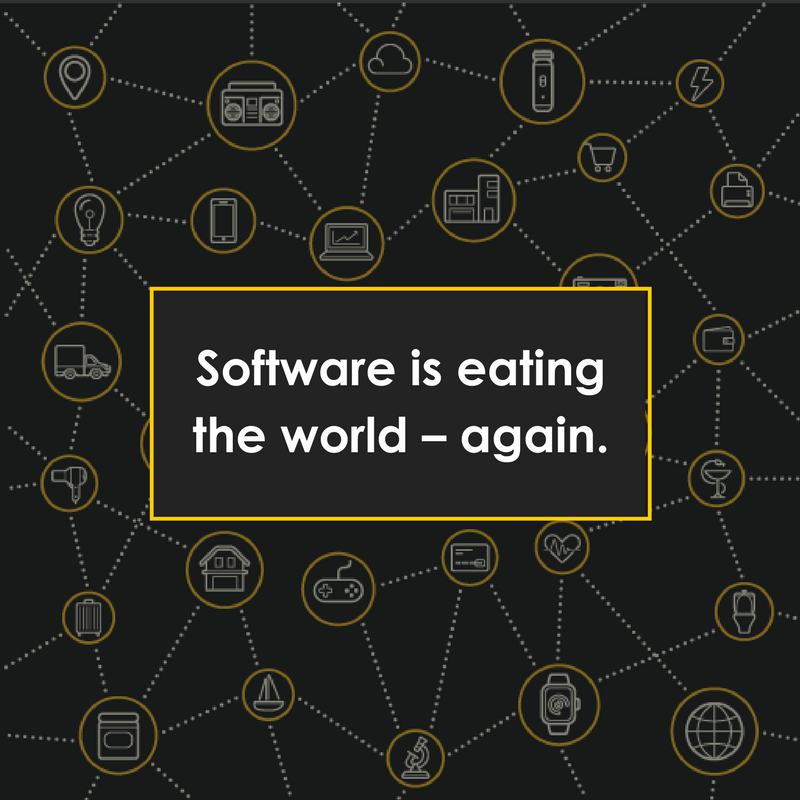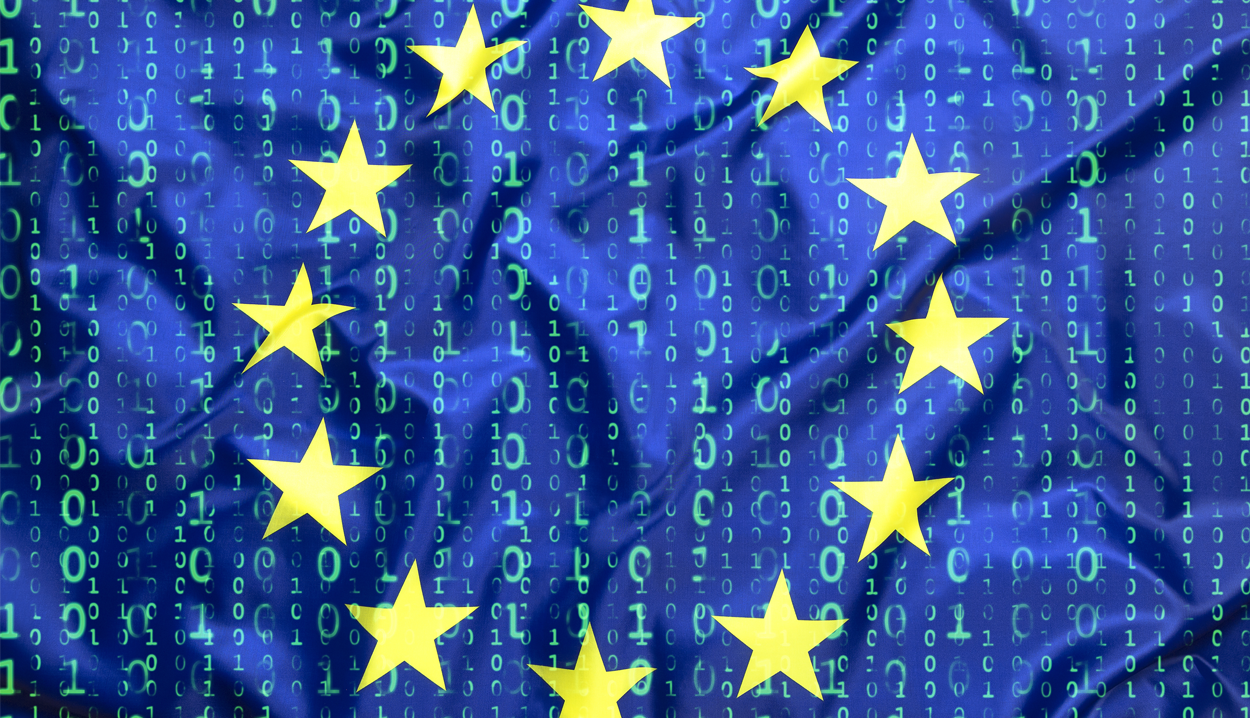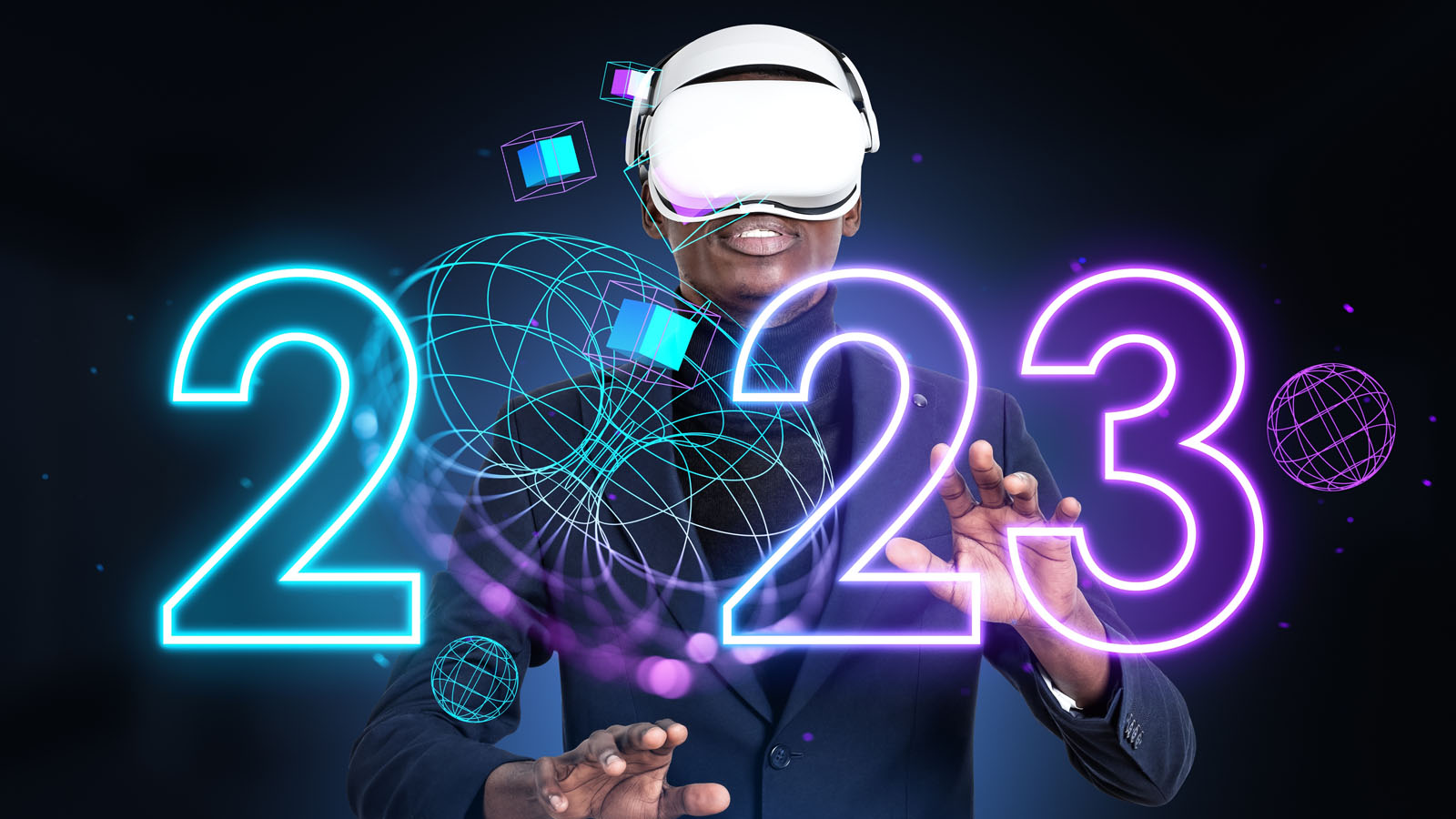News from this year’s annual developer conferences, highlighted by Google I/O and Facebook’s F8, have created even more buzz than usual. These events are regularly replete with awe inspiring new products, killer apps, and innovative approaches, but this year feels different. It’s not just the conferences or the companies. It’s the scope and the scale of software powered products. Software appears to be eating the world…again.
Software is ubiquitous, omnipresent, and absolutely essential to modern life. It powers our smartphone, Fitbit, and Nest thermostat, and thousands of systems more essential to communications, transportation, and the economy. Increasingly, software moves beyond the parts of our lives we can see and engage to power industrial scale enterprises through AI and machine learning. It is an inconceivable reality that barely two decades ago we stored files on floppy disks. Now bullet trains run on software powered by predictive algorithms housed in the cloud with nearly limitless computing capacity.
Devices of every magnitude are connected through the Internet of Things (IoT) — it brings the tangible and software worlds together. IoT enables our smartphones to monitor home security systems and milk expiration dates in our refrigerators. It allows farmers to remotely survey livestock and run statistical predictions on crops. Soon, smart cities will relieve traffic congestion and parking woes and reduce energy costs through IoT connectivity. It is predicted that in a mere three years, 50 to 100 billion devices will be connected through IoT.
It’s incumbent on policymakers and industry leaders to support global initiatives and educational resources that recruit and shape top software developers to continue exercising their entrepreneurial talents. The developer workforce creates and sustains the connected world around us. Supporting software’s progress supports the innovative minds that build it.
It’s important that while we reflect on the steady march of technological innovation and its effects, we also acknowledge the humanity in it. More precisely, it’s good to remember that these breakthroughs are the work of an ever growing and increasingly important global workforce of men and woman not only building the future, but securing the present.
The global developer workforce, not coincidentally, is why and for whom the Developers Alliance exists. We are admittedly biased. But nonetheless, as communities, countries, industries, and interested parties, let’s keep their work in mind as we watch software finish eating the world and circle back for seconds.
RACHEL EMEIS
Director, US Innovators Policy Council






